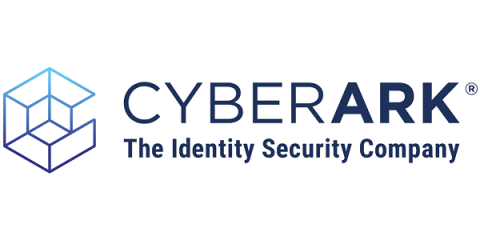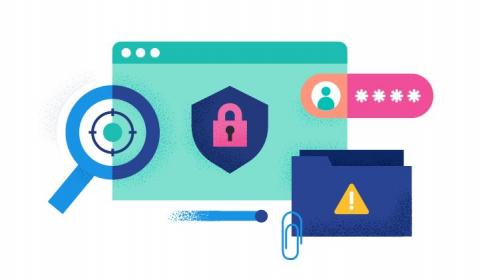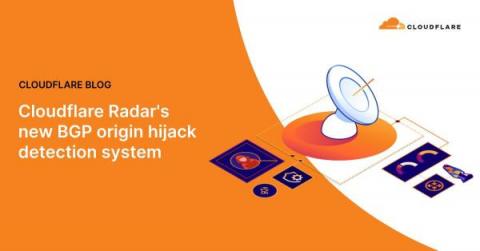Mobile Device Management: Securing the modern workplace
More mobile devices, more problems. The business landscape has shifted dramatically, as more endpoints connect to corporate networks from a wider variety of locations and are transmitting massive amounts of data. Economic forces and a lengthy pandemic have caused a decentralization of the workforce and increased adoption of a hybrid workplace model. Today, employees are more mobile than ever.













